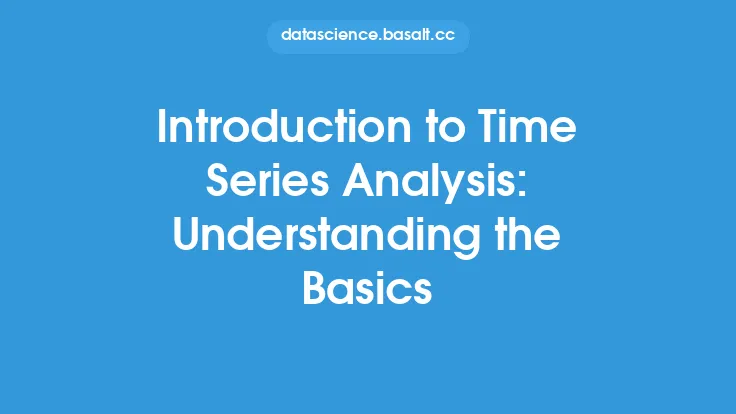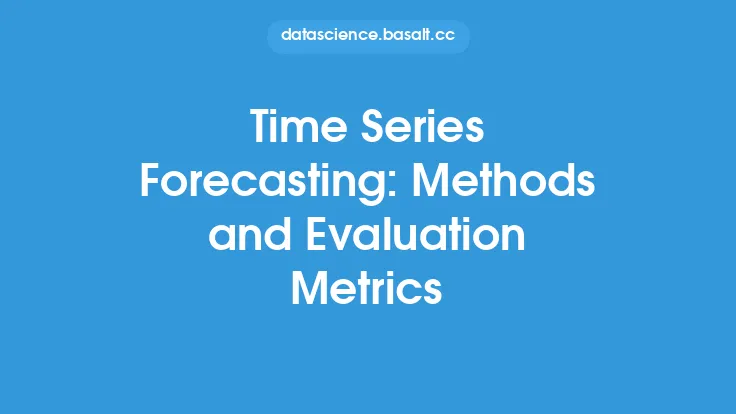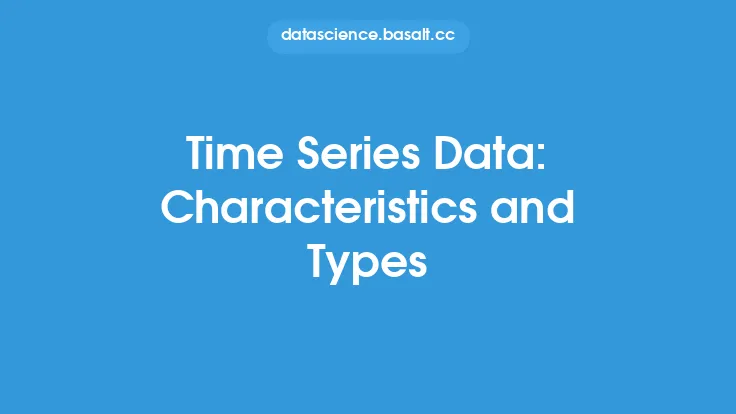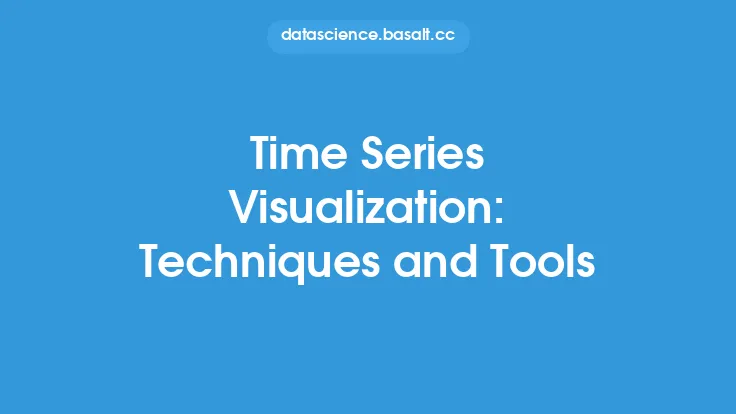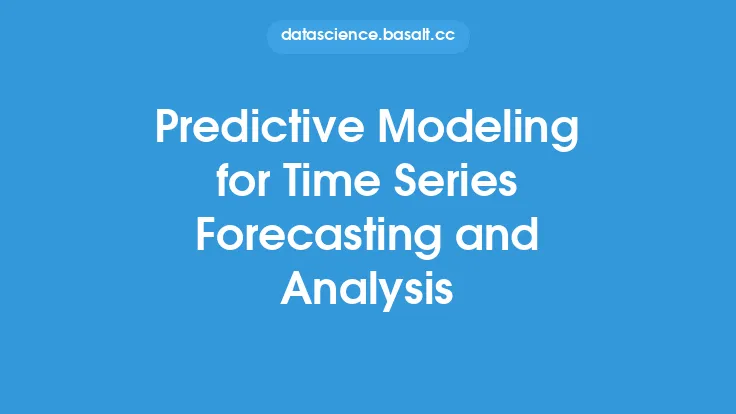Time series analysis is a crucial aspect of statistics, and understanding the concepts of stationarity and non-stationarity is essential for making accurate predictions and models. In this article, we will delve into the concepts of stationarity and non-stationarity, their importance in time series analysis, and the various tests used to determine the stationarity of a time series.
Introduction to Stationarity
A time series is said to be stationary if its statistical properties, such as the mean, variance, and autocorrelation, remain constant over time. In other words, the time series is invariant to time shifts, and its behavior is consistent over time. Stationarity is a fundamental assumption in many time series models, including ARIMA, exponential smoothing, and spectral analysis. If a time series is stationary, it means that the underlying process generating the data is stable, and the data can be modeled using a variety of techniques.
Types of Stationarity
There are two types of stationarity: weak stationarity and strong stationarity. Weak stationarity, also known as covariance stationarity, requires that the mean and variance of the time series are constant over time, and the autocovariance function depends only on the time lag. Strong stationarity, on the other hand, requires that the entire distribution of the time series is invariant to time shifts. In practice, weak stationarity is often sufficient for many applications, and it is the type of stationarity that is most commonly tested.
Non-Stationarity
A time series is said to be non-stationary if its statistical properties change over time. Non-stationarity can arise from various sources, including trends, seasonality, and changes in the underlying process generating the data. Non-stationarity can make it challenging to model and forecast time series data, as the underlying process is not stable. There are several types of non-stationarity, including:
- Trend stationarity: The time series has a deterministic trend, but the deviations from the trend are stationary.
- Difference stationarity: The time series becomes stationary after differencing, which involves subtracting each value from its previous value.
- Seasonal stationarity: The time series has a seasonal component, but the seasonally adjusted data are stationary.
Importance of Stationarity
Stationarity is essential in time series analysis because many models and techniques assume that the data are stationary. If the data are non-stationary, these models may not be applicable, or they may produce inaccurate results. For example, ARIMA models assume that the data are stationary, and if the data are non-stationary, the model may not capture the underlying patterns. Similarly, spectral analysis assumes that the data are stationary, and non-stationarity can lead to incorrect conclusions about the frequency components of the data.
Tests for Stationarity
There are several tests for stationarity, including:
- Augmented Dickey-Fuller (ADF) test: This test is used to determine if a time series is stationary or non-stationary. The test involves regressing the time series on its lagged values and a constant, and then testing the hypothesis that the coefficient on the lagged value is zero.
- KPSS test: This test is used to determine if a time series is trend-stationary or difference-stationary. The test involves regressing the time series on its lagged values and a constant, and then testing the hypothesis that the coefficient on the lagged value is zero.
- Phillips-Perron test: This test is similar to the ADF test but uses a different approach to account for serial correlation.
- Variance ratio test: This test is used to determine if a time series is stationary or non-stationary by comparing the variance of the time series to the variance of its differences.
Visual Inspection
In addition to statistical tests, visual inspection of the time series can also provide insights into its stationarity. A stationary time series should have a consistent pattern over time, with no obvious trends or seasonality. A non-stationary time series, on the other hand, may exhibit trends, seasonality, or other patterns that change over time. Visual inspection can be used in conjunction with statistical tests to determine the stationarity of a time series.
Making a Time Series Stationary
If a time series is found to be non-stationary, there are several techniques that can be used to make it stationary. These include:
- Differencing: This involves subtracting each value from its previous value to remove trends and seasonality.
- Detrending: This involves removing the trend from the time series using a linear or non-linear model.
- Seasonal adjustment: This involves removing the seasonal component from the time series using techniques such as seasonal decomposition or regression models.
- Transformation: This involves transforming the time series using a function such as the logarithm or square root to stabilize the variance.
Conclusion
In conclusion, stationarity and non-stationarity are essential concepts in time series analysis. Understanding the stationarity of a time series is crucial for making accurate predictions and models. The various tests for stationarity, including the ADF test, KPSS test, Phillips-Perron test, and variance ratio test, can be used to determine the stationarity of a time series. Visual inspection and statistical tests can be used in conjunction to determine the stationarity of a time series. If a time series is found to be non-stationary, techniques such as differencing, detrending, seasonal adjustment, and transformation can be used to make it stationary. By understanding the concepts of stationarity and non-stationarity, practitioners can develop more accurate models and make better predictions.

